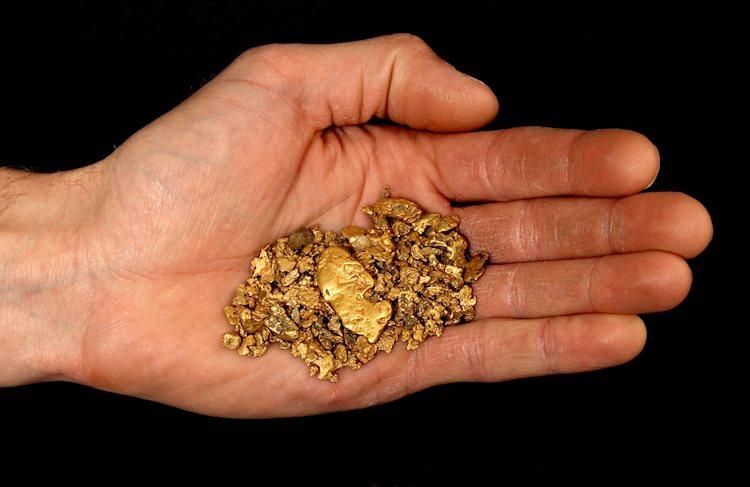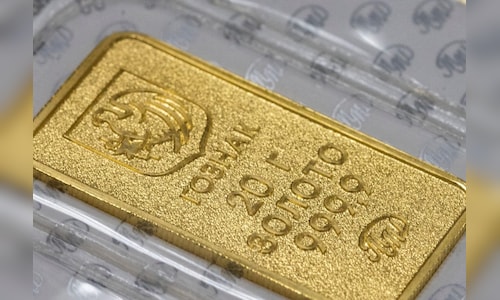- Gold climbs over 0.80% after hitting a daily low of $2,314.
- Mixed US economic data and stable PCE inflation raise hopes for Fed rate cuts.
- US Treasury yields drop, extending Greenback’s losses for the third consecutive day.
Gold climbed more than 0.80% after US Treasury bond yields dropped following the release of mixed data from the United States (US), increasing hopes that the US Federal Reserve might ease policy. That, along with a risk-off impulse, kept the yellow metal climbing after hitting a daily low of $2,314 and trading at $2,345.
Last week, the Fed’s preferred inflation gauge, the US Core Personal Consumption Expenditure Price Index (PCE), stabilized, augmenting hopes for rate cuts. Meanwhile, business activity was mixed, according to reports from S&P Global and the Institute for Supply Management (ISM) in May, with the latter contracting for the second consecutive month.
Consequently, US Treasury bond yields dropped, and the Greenback extended its losses to three straight days. The US 10-year Treasury bond yields plunged eleven basis points to 4.392%. The US Dollar Index (DXY), which tracks the performance against a basket of six currencies, fell 0.5% to 104.07.
On the geopolitics front, Hamas accepted US President Joe Biden’s cease-fire proposal for Gaza. However, Israeli President Benjamin Netanyahu rejected the idea and emphasized Israel’s conditions for ending the war.
Daily Digest Market Movers: Gold price rises as US Treasury yields retreat from multi-week high
- Gold prices advance after bouncing off the 50-day Simple Moving Average (SMA) at $2,324.
- US S&P Global revealed that Manufacturing PMI for May increased from 50 to 51.3, exceeding estimates of 50.9
- The ISM Manufacturing PMI contracted further, from 49.2 to 48.7.
- Traders are currently pricing about a 59% chance of a rate cut, according to the CME FedWatch Tool.
- The US economic docket during the week will feature Factory Orders, JOLTS Job openings, and ADP Employment Change ahead of Friday’s Nonfarm Payrolls.
- Fed funds rate futures estimate just 32 basis points of interest rate cuts in 2024, according to data provided by the Chicago Board of Trade (CBOT).
Technical analysis: Gold price climbs and hovers at $2,350
Gold price uptrend remains intact after bouncing off the 50-day Simple Moving Average (SMA) at $2,331. Momentum shifted in favor of the buyers, as the Relative Strength Index (RSI) remained above the 50 midline, opening the door for further Gold’s upside.
Further gains lie ahead if XAU/USD buyers reclaim the $2,400 level, followed by the year-to-date high of $2,450 and, subsequently, the $2,500 mark.
Conversely, if XAU/USD falls below the 50-day Simple Moving Average (SMA) at $2,331, that could pave the way to challenge the May 8 low of $2,303, followed by the May 3 cycle low of $2,277.
Gold FAQs
Gold has played a key role in human’s history as it has been widely used as a store of value and medium of exchange. Currently, apart from its shine and usage for jewelry, the precious metal is widely seen as a safe-haven asset, meaning that it is considered a good investment during turbulent times. Gold is also widely seen as a hedge against inflation and against depreciating currencies as it doesn’t rely on any specific issuer or government.
Central banks are the biggest Gold holders. In their aim to support their currencies in turbulent times, central banks tend to diversify their reserves and buy Gold to improve the perceived strength of the economy and the currency. High Gold reserves can be a source of trust for a country’s solvency. Central banks added 1,136 tonnes of Gold worth around $70 billion to their reserves in 2022, according to data from the World Gold Council. This is the highest yearly purchase since records began. Central banks from emerging economies such as China, India and Turkey are quickly increasing their Gold reserves.
Gold has an inverse correlation with the US Dollar and US Treasuries, which are both major reserve and safe-haven assets. When the Dollar depreciates, Gold tends to rise, enabling investors and central banks to diversify their assets in turbulent times. Gold is also inversely correlated with risk assets. A rally in the stock market tends to weaken Gold price, while sell-offs in riskier markets tend to favor the precious metal.
The price can move due to a wide range of factors. Geopolitical instability or fears of a deep recession can quickly make Gold price escalate due to its safe-haven status. As a yield-less asset, Gold tends to rise with lower interest rates, while higher cost of money usually weighs down on the yellow metal. Still, most moves depend on how the US Dollar (USD) behaves as the asset is priced in dollars (XAU/USD). A strong Dollar tends to keep the price of Gold controlled, whereas a weaker Dollar is likely to push Gold prices up.















